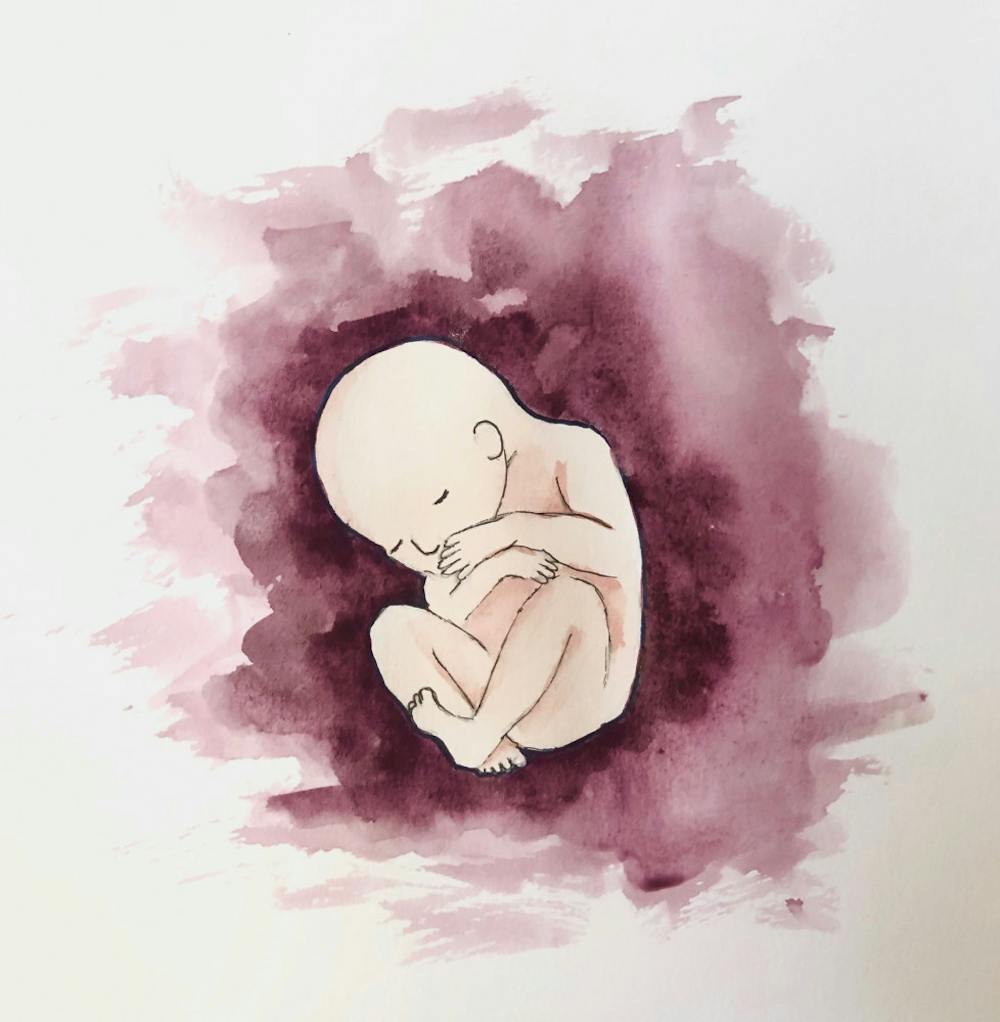University researchers have discovered how to separate cells containing fetal DNA from a mother’s cervical cells, a process that could eventually be used to help identify fetal disorders, according to Sumaiya Sayeed ’19.5 and Christina Bailey-Hytholt GS, researchers in the study.
While this method has not yet been put into practice, the researchers hope to use it to diagnose disorders as early as five weeks into pregnancies while minimizing risk to mothers.
The process enables the safe retrieval and isolation of trophoblast cells, which contain the DNA of the fetus, Bailey-Hytholt said. Similar to current methods of prenatal diagnosis that identify genetic abnormalities before birth, these trophoblast cells could eventually be used to identify disorders such as Down syndrome found in the DNA and chromosomes. “With our technique, you are getting the whole fetal genome,” Bailey-Hytholt said. “If you can isolate (the fetal genome), that really is getting the same material that you would be getting from these other tests.”
Previously, cervical swabbing would collect a mixture of cells including trophoblast cells. But the researchers found a way to separate the trophoblast cells from the other cervical cells based on their different densities, Bailey-Hytholt and Sayeed said. Using a microwell plate, they captured 90 percent of the heavier trophoblast cells, which stuck to the bottom of the plate. After the researchers discovered how to separate the trophoblast cells, PerkinElmer, a biotechnology company that provided the samples for the study, isolated the cells.
So far, the researchers have succeeded in using trophoblast cells to identify sex and now intend to continue with further testing. They also hope to collaborate with other companies to expand their resources and applications, Bailey-Hytholt said.
Unlike other methods for prenatal diagnosis in clinical use, this test does not require needles. Needles can lead to complications in the women undergoing the procedure, particularly those over the age of 30, Sayeed said. For older women or women with diabetes or obesity, the risk of fetal genetic disorders or miscarriage is higher, and performing needle-based diagnostic procedures might lead to more miscarriages, she added.
“Women’s health and prenatal health is really a field that bioengineering could advance, and … there really is this need for more studies in this area,” Bailey-Hytholt said.
This new method may not always be accurate for fetal diagnoses because there is a one percent chance that the genome of the extracted cells does not match that of the unborn child, according to Melissa Russo, a maternal-fetal medicine and clinical genetics specialist at the Women and Infants Hospital in Rhode Island. The study would need to be verified across numerous women to ensure consistently accurate diagnoses, she added. “This new method, if validated, could be another way to screen for genetic problems in (babies) in the future,” Russo said.
Anubhav Tripathi, director of biomedical engineering and professor of engineering and molecular pharmacology, physiology and biotechnology, and Anita Shukla, assistant professor of engineering and molecular pharmacology, physiology and biotechnology, co-advised Sayeed and Bailey-Hytholt in the study.





